The design is built around a ZiLOG eZ80L92 Z80-compatible microprocessor. System memory is provided by a 128KiB SRAM. Disk storage is provided by a microSD card connected to the L92's SPI bus. A USB to Dual UART bridge provides connectivity for a serial console. A ZiLOG Z8 Encore! XP microcontroller bootstraps the system using the L92's ZDI debug interface. An LDO regulator powers the system from the USB bus. Below is a block diagram of the system.
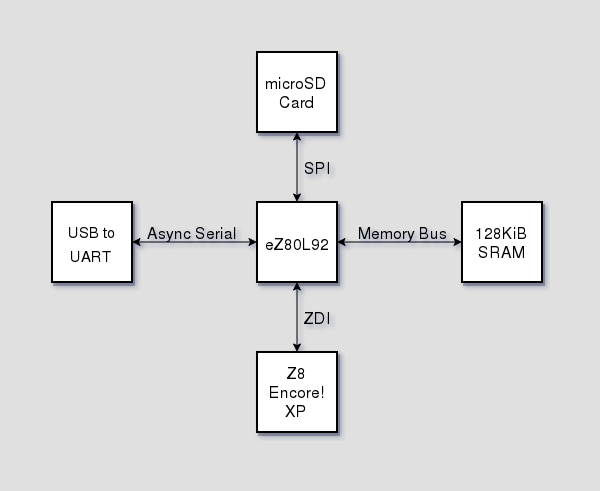 The board runs CP/M 2.2 that consists of a custom BIOS and the standard CCP and BDOS modules. The custom BIOS provides serial console and disk access using the L92's UART and SPI interfaces.
The board runs CP/M 2.2 that consists of a custom BIOS and the standard CCP and BDOS modules. The custom BIOS provides serial console and disk access using the L92's UART and SPI interfaces.The default disk manager configuration emulates four 8" single density floppy disks and two 4MB hard disk. Disk images on the microSD card are associated with a drive using the mount command, e.g. mount mbasic.dsk b.
Both the bootloader and disk manager access the microSD card in its native FAT format using the Petit FatFs and FatFs modules respectively.
Use of a microSD card and the FAT file system makes loading disk images as simple as copying files. The choice of disk geometries matches many of the disk images provided for the z80pack development system.
This project would not have many of its features without projects like FatFs, z80pack and others.
Blinkenlight
Here's a short video of the board in action.
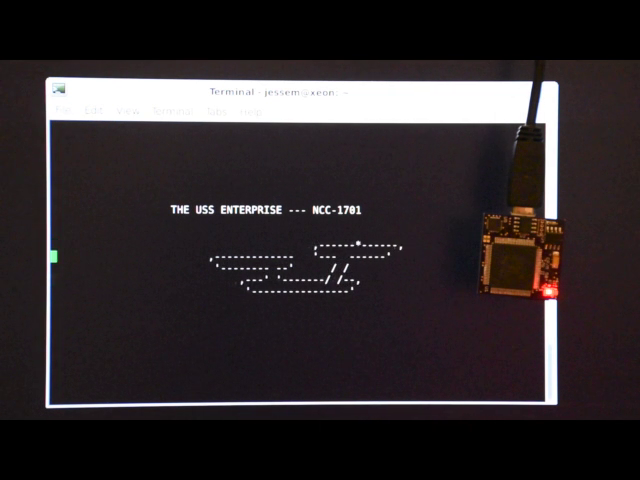 Hardware done! Software source
Hardware done! Software source to follow available in links section.
Software Development Tools
- ASxxxx Cross Assemblers
- Cpmtools
- SRecord
- ZDS II – eZ80Acclaim! version 5.3.0
- ZDS II – Z8 Encore! Version 5.2.2
- Z8 Encore Tools (aka dbgutils)
The Zilog Developer Studio packages now appear to be gratis.

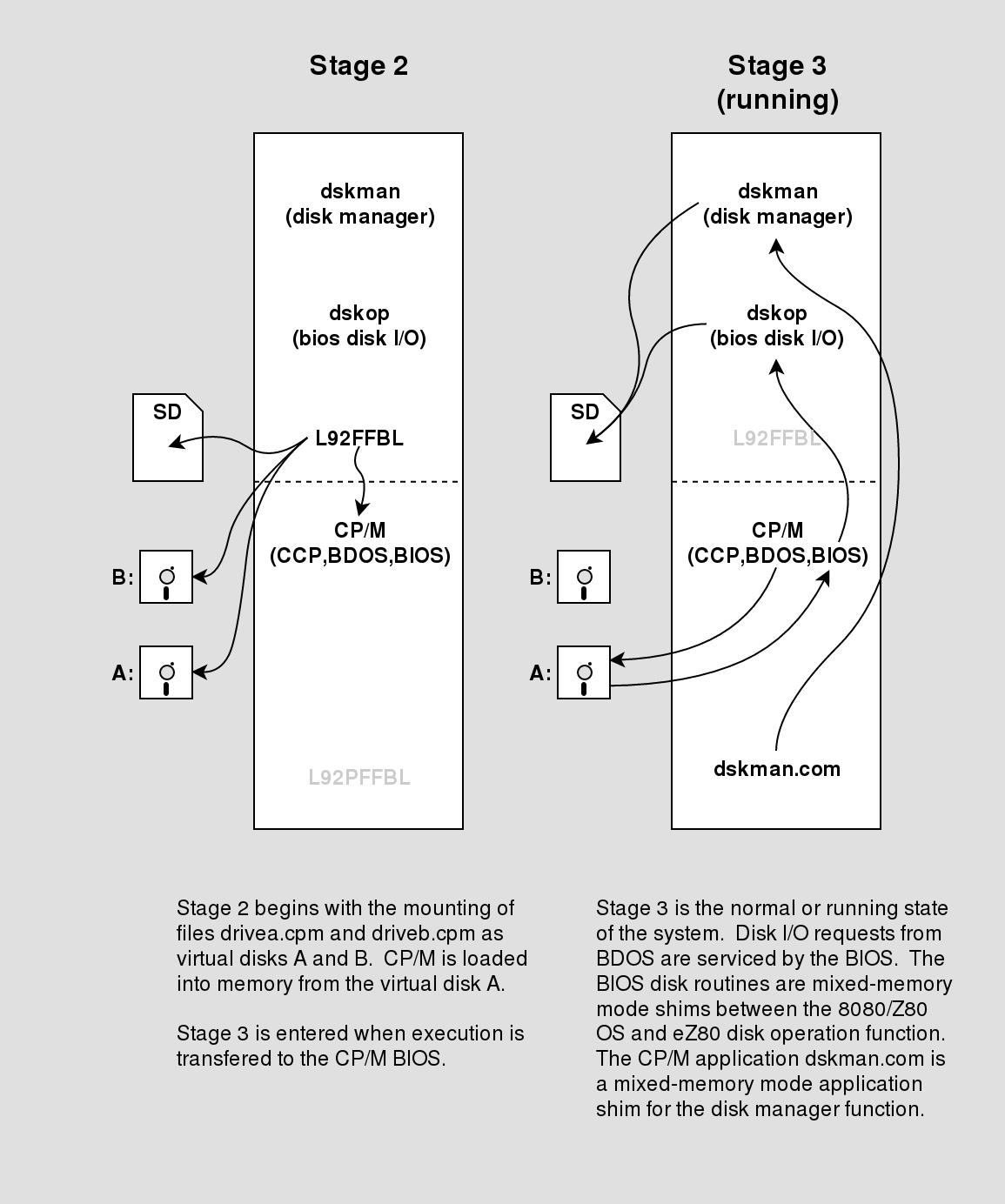
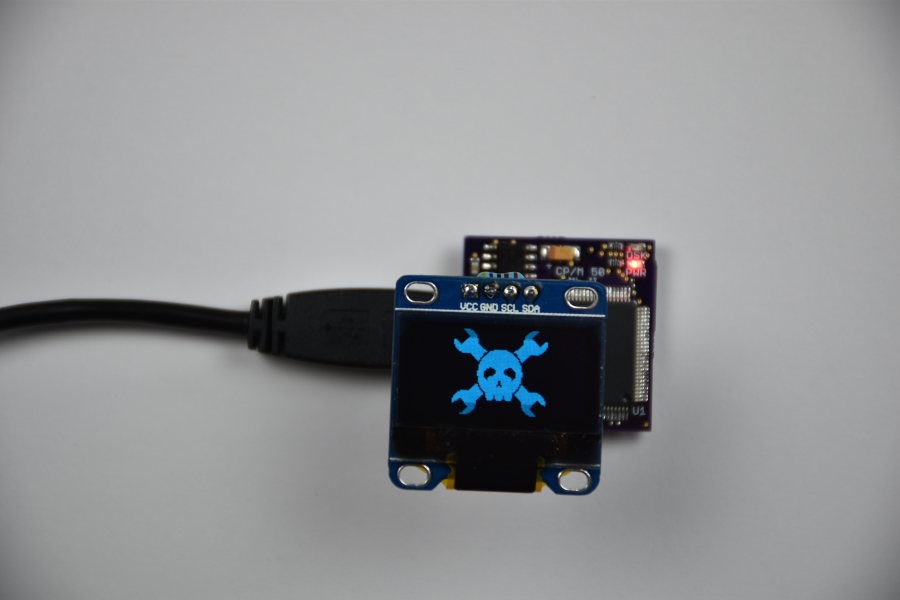
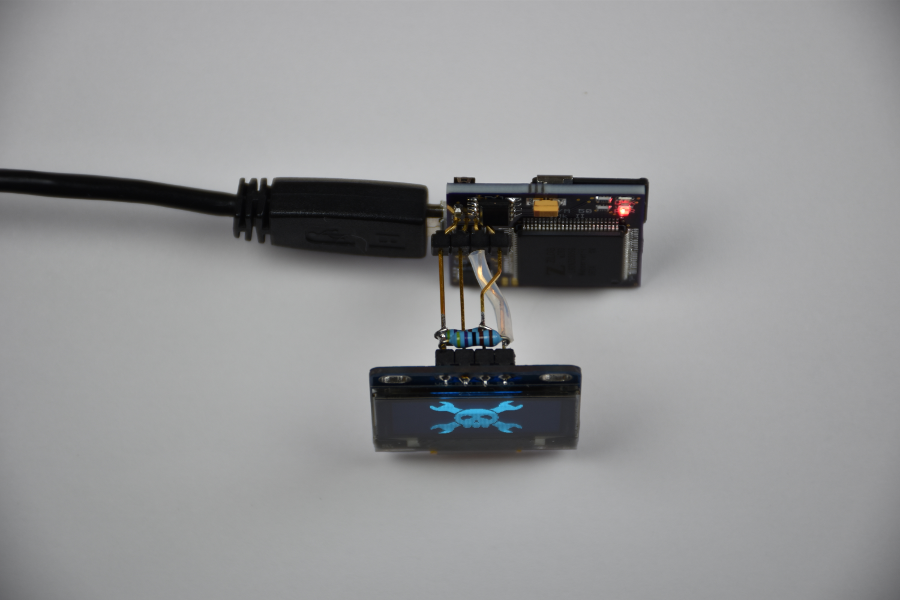
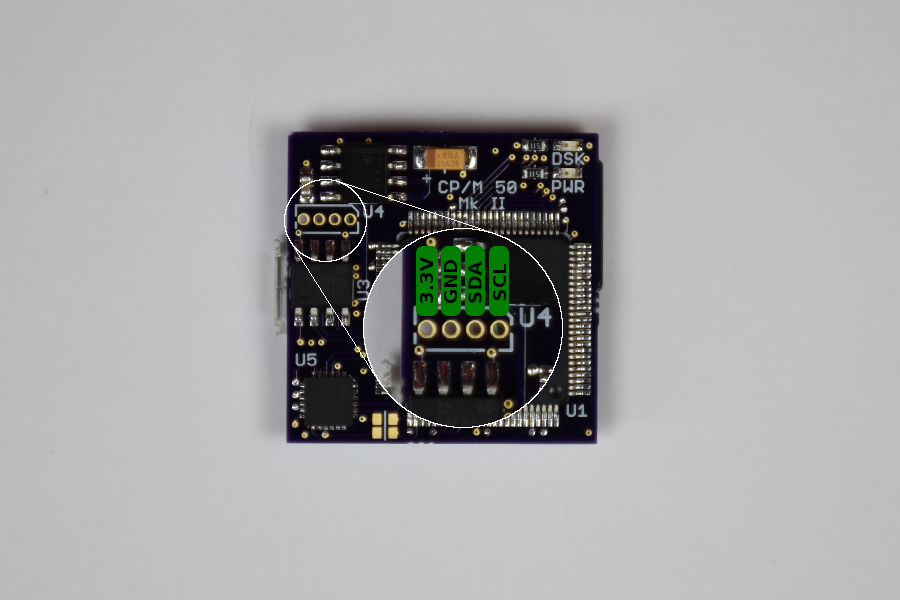

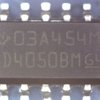




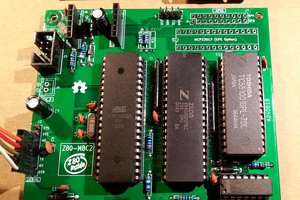
 Just4Fun
Just4Fun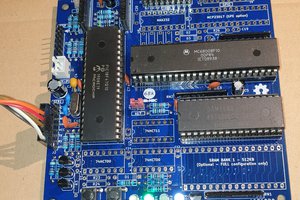

 fjkraan
fjkraan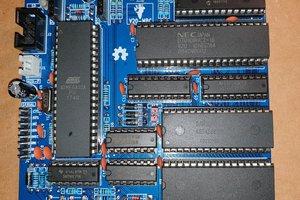
It is a pity that the project was not continued. I'm still missing the specification of the additional resistance. The capacitor looks like 100nF(?). The revision of the printed circuit board probably didn't take place(?) It would be great if a few additional details were given here... like that of Akashic53. I hope not to have to write off my almost finished board.